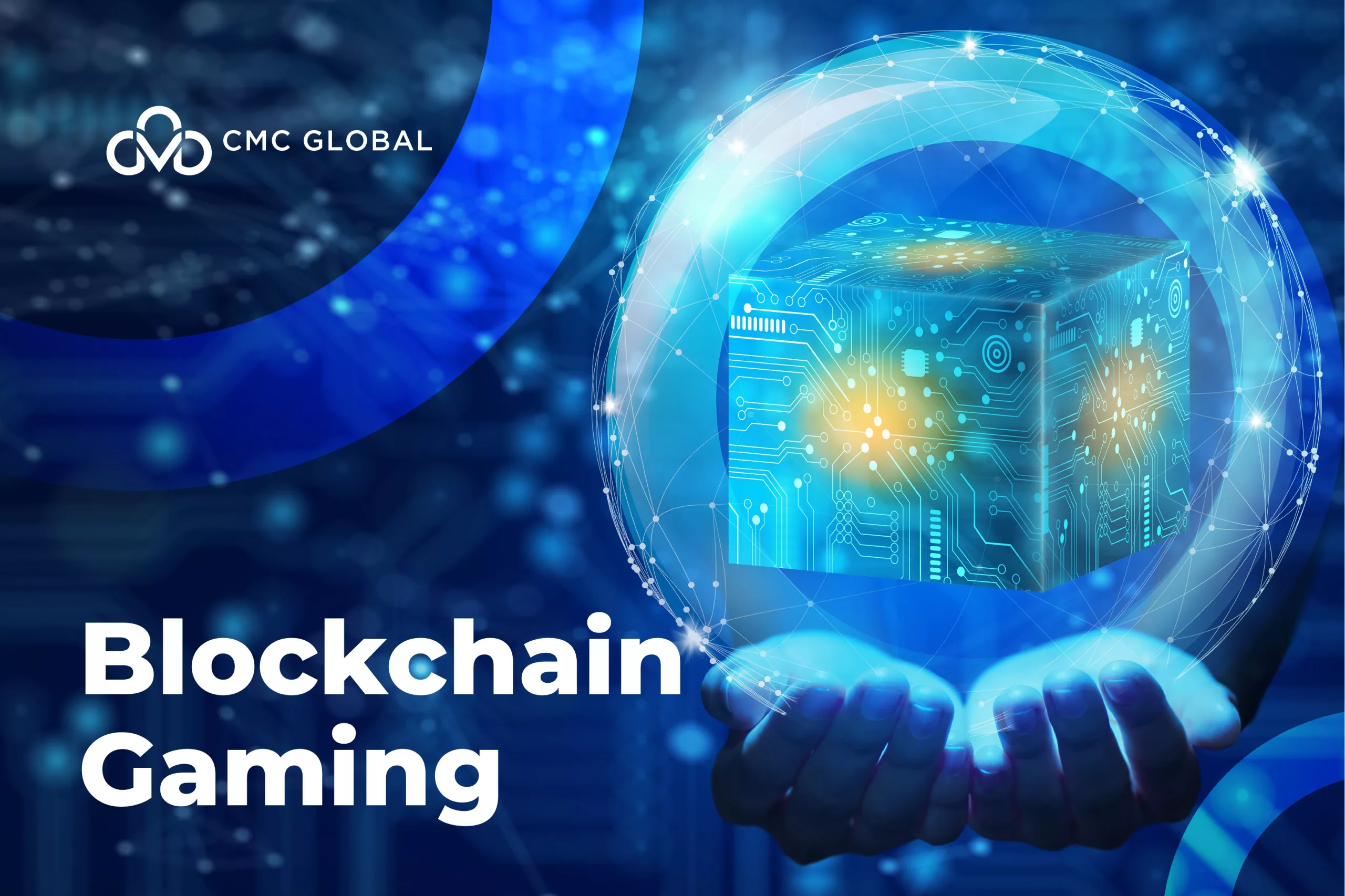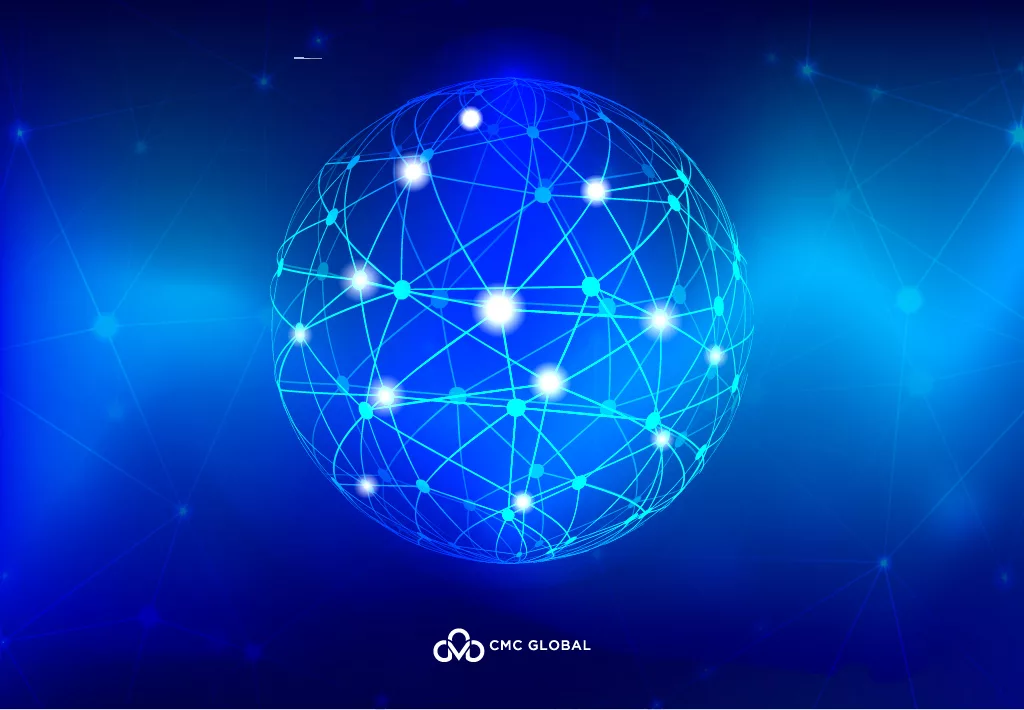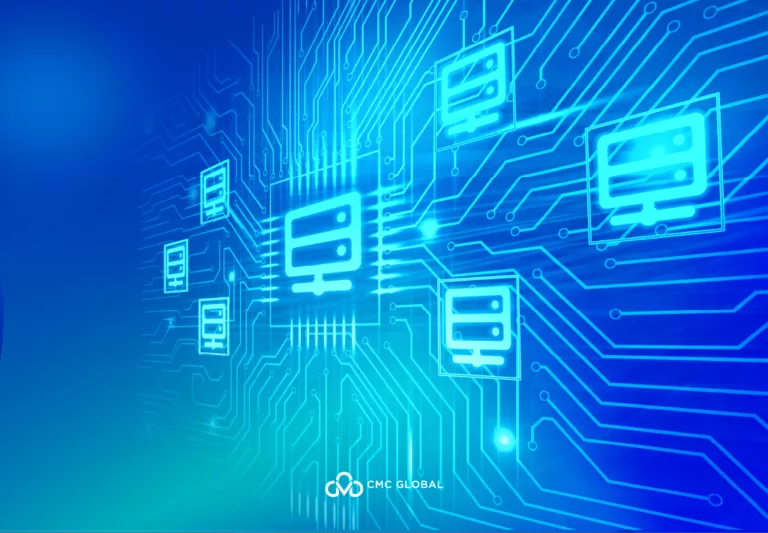Although the idea of blockchain emerged more than ten years ago, it took some time for blockchain gaming to emerge. After much speculation about how blockchains can enhance online games by offering player rewards and digital content ownership, Axie Infinity entered the market in 2020 as the largest web3 game.
Though suffered a $600 million hack to its cross-chain bridge protocol in 2022 and experienced serious drops in usage since then, there is still massive enthusiasm about the ability intersection of blockchains, video video games, and metaverses. Many trust this convergence could lead to new monetary fashions within the international’s biggest amusement industry, benefiting each gamers and groups.
What Are Blockchain Games?
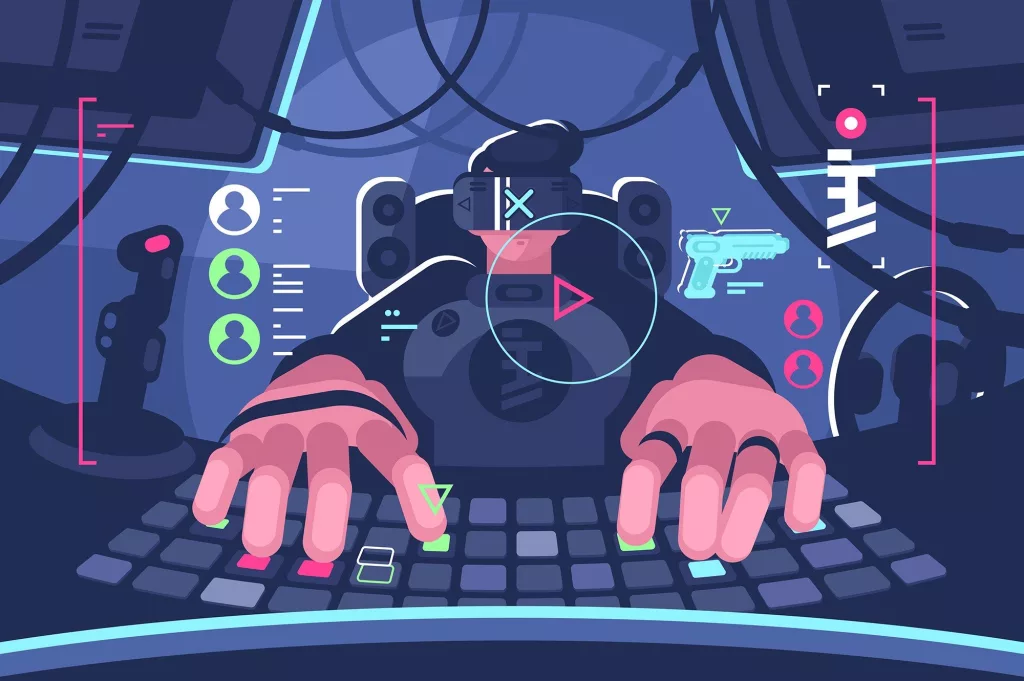
In simple terms, blockchain games are games that use blockchain technology either in the gaming administration or development process. Depending on how they use blockchain, they may also be called crypto games, NFT games, web3 games, or metaverse games. Unlike traditional games, blockchain games have distinct characteristics:
- Decentralization: Instead of being controlled by a single entity or corporation, blockchain games may be developed and maintained by members of a decentralized autonomous organization (DAO). This setup makes it more difficult to compromise or shut down the games. However, traditional online game companies can also adopt blockchain technology to achieve similar benefits without using a DAO.
- Interoperability: Blockchain-based games can seamlessly interact with other blockchain games, broadening the marketplace for the property associated with each game.
- In-game Ownership and Play-to-Earn Incentives: Blockchain games offer players the chance to acquire digital assets such as native tokens or NFTs either through purchasing or winning them. These assets can then be retained by players or sold on decentralized marketplaces for fiat currency.
- User Portability of Data: One of the key benefits of blockchain gaming is that players have control over their own data and assets. This means they can transfer them among different platforms or games according to their preferences.
Axie Infinity is an example of a blockchain game, where users purchase creatures known as Axies. These Axies are used for various activities such as battling, exploration, and breeding with other Axies. The game is developed by Sky Mavis, a gaming company, and operates using the Ethereum cryptocurrency.

How To Develop A Blockchain Game
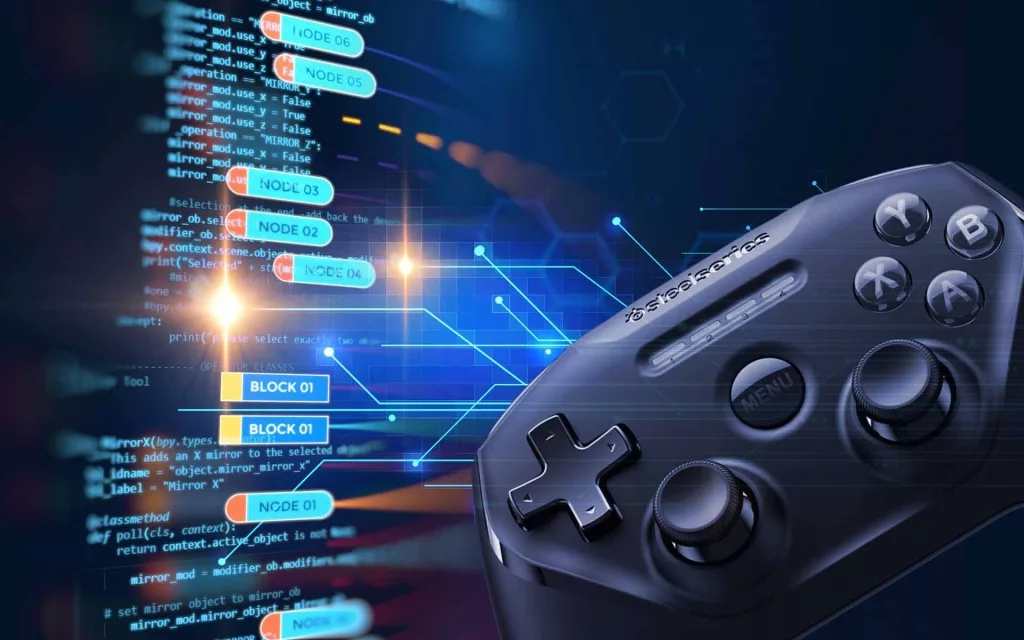
To start developing a blockchain game, a developer needs to possess a comprehensive grasp and expertise in blockchain technology, cryptocurrency economics, smart contracts, and related concepts.
The economic framework within the game stands as a crucial factor in attracting players.
A game development team may consist of the following:
- Game Development Team: Responsible for developing the game.
- Art Team: Handles the drawing and design aspects.
- dApp Team: Develops programs, websites, and applications for deposits/withdrawals, and so forth.
- DevOps Team: Manages development and operations to ensure system stability.
Please refer to the following steps for blockchain game development.
Researching the blockchain game market
It involves studying the various blockchain application games available, catering to different player interests. It’s essential to understand the current offerings and assess their strengths and weaknesses to develop a unique blockchain game.
Selecting the appropriate blockchain infrastructure
This includes choosing the right blockchain language and platform. For instance, Ethereum is widely used for cryptocurrency transactions and developing blockchain applications.
Generate game concepts
Determine the game genre (strategy, farming, racing, etc.), game title, theme, characters, and fundamental content of the game.
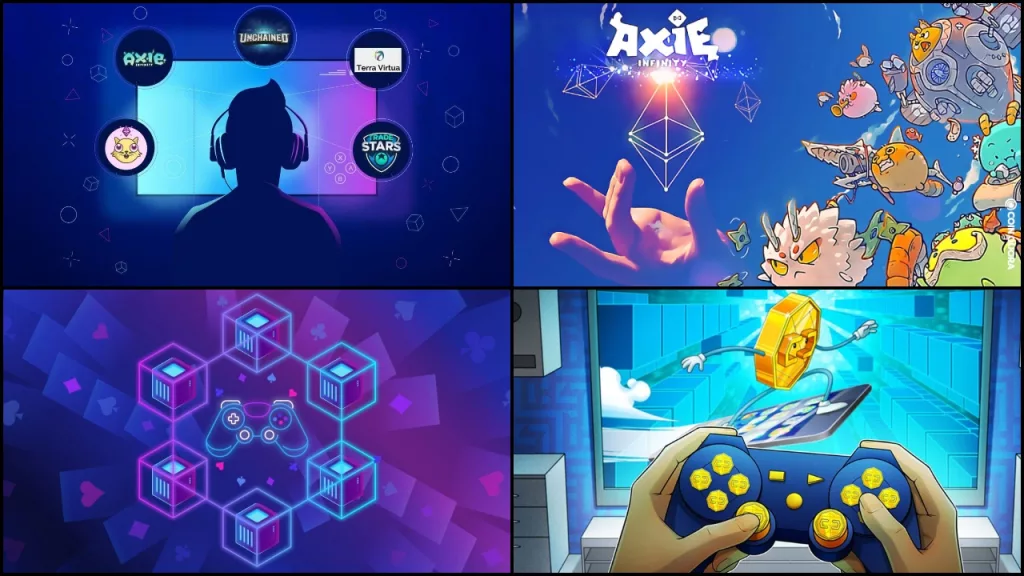
Design Gameplay Framework
- Establish the fundamental ideas of the game.
- Identify the target customers.
- Define gameplay mechanics, modes, and difficulty levels.
- Create character designs.
- Develop the economic model within the game.
Address Economic Challenges
Address the economic balance between investment capital and profit, ensuring the game’s profitability.
Develop Smart Contracts
After analyzing competitors’ smart contracts, the development team should create new ones. These contracts facilitate the delivery of NFTs and enhance game security.
Foster Community Engagement
During game development, it’s essential to cultivate a community and execute marketing strategies to raise awareness and encourage participation before the official game release.
Launch NFTs and Tokens
Upon players’ purchase of NFTs, the publisher gains additional capital to support ongoing game development efforts.

Quality Assurance
Testing is important for identifying and eliminating bugs from the game, ensuring smooth functionality.
Game Launch
Following thorough testing, the game is ready to be released in the marketplace.
The above steps serve as general guidelines for developing a blockchain game. Naturally, the development of a blockchain game includes numerous specific stages and activities.
Consider Working With An Experienced Partner To Develop Your Blockchain Game
Our development and consulting offerings empower clients to maximize the potential of their blockchain game development endeavors. From navigating industry-specific regulations to delivering ongoing support after development, we pledge to provide a comprehensive partnership.
Drawing upon years of experience in online game development, our Software Development Services blend deep expertise in blockchain gaming with technically robust solutions aligned with market demands.
Choosing CMC Global means more than just selecting a software testing partner; it means investing in a legacy of innovation and success.
Contact us today to explore how we can help you achieve your project objectives.
